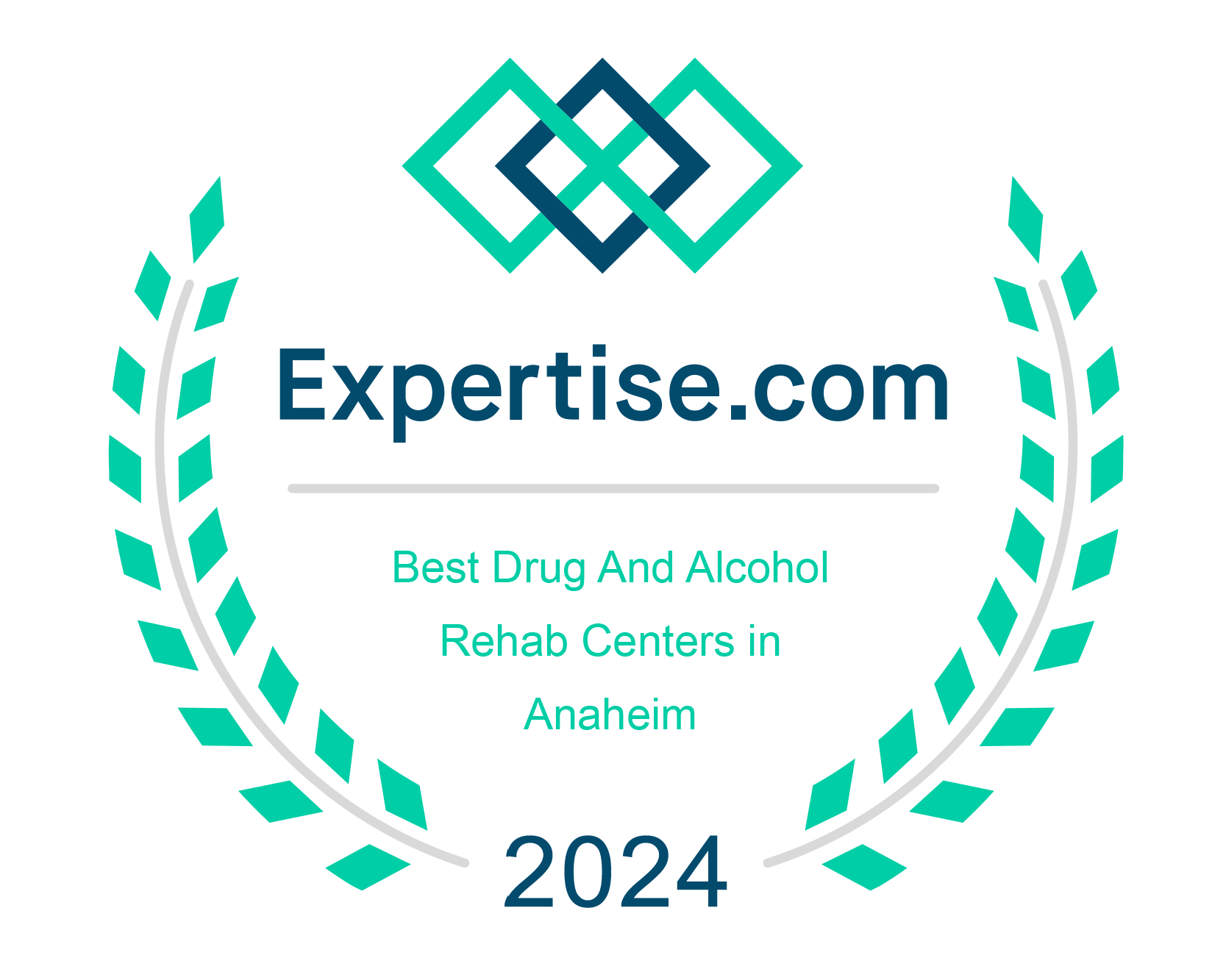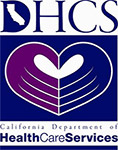As a first-world nation, we can do better—and we should do better! We have medical science to get people safely off opioids. We also have resources to provide solutions and treatments to relieve the source of emotional pain. More drugs are not always the best answer to a drug problem.
Are you or someone you know struggling with opioid use disorder? Perhaps you’ve already tried to seek help but you encountered roadblocks and unsuccessful treatment. Your story is unique, real, and valid. It is also a similar story shared by thousands of individuals and their loved ones all over the country.
Why are so many people losing their lives to abuse of opioids? Also, why are so many others continuing to fall into the grips of abuse, dependency, and addiction with this notorious class of drugs? Why are doctors still overprescribing these powerful medications? Lastly, have attempts to rectify and prevent the situation succeeded? While pockets of success are evident, the overall trend is dire.
If anything, new research suggests that a key government-mandated initiative to curb opioid use disorder has been so far ineffective.
Failure of the Status Quo? Examining Current Standards of Opioid Use Disorder Treatment and Prevention
Abuse of opioids is so prevalent in our country that the phenomenon is routinely referred to as a public health crisis. Officials don’t appear to consider this term alarmist.
Indeed, the opioid crisis appears to continue unabated, with the latest figures from the Centers for Disease Control and Prevention (CDC) indicating that the number of people losing their lives to drug overdoses — two-thirds of which are caused by opioids—is increasing across all ages, races, and genders. Opioid overdoses were responsible for the deaths of 47,000 Americans in 2017—six times more than in 1999. These figures alone are enough to suggest that the current conventional prevention and treatment for those with opioid use disorder is gravely missing its mark.
For example, front-end consumer education about the dangers of abuse of opioids matters and is ongoing. But in recent years, government bodies like the Food and Drug Administration (FDA) have also shifted the responsibility to drug manufacturers and have employed them to educate prescribers more thoroughly.
The theory? By ensuring healthcare providers are fully informed about the potential dangers of opioid drugs, the less likely they will be to over- or unnecessarily prescribe these drugs and expose their patients to potential harm.
This strategy formally culminated in 2012 through a program launched by the FDA called the Risk Evaluation and Mitigation Strategy (REMS) program for extended-release/long-acting opioids. Through this program, drug companies who produce opioids must follow mandates to implement a bevy of educational interventions to prescribers. These include:
- Guides used to tell patients about opioid risks
- Information about “safe” prescribing based on FDA-approved content
- Continuing education to medical providers
- Annual monitoring and reporting on the knowledge and behaviors of prescribers
- Annual monitoring and reporting on patient access and safety as it relates to these drugs
But though it sounds helpful, new evidence suggests that its implementation and efficacy is poor.
Conventional Treatment for Those With Opioid Use Disorder is Missing the Mark
In December 2019, a team of researchers from Johns Hopkins Bloomberg School of Public Health in Baltimore, MD published the results of their formal investigation into the FDA’s REMS program in the Journal of the American Medical Association. Based on more than 9,739 pages of official FDA documents obtained via the Freedom of Information Act, the authors found that by 2016, just 27.6 percent of prescribers (88,316 out of 320,000 initially involved in the program) had participated in the REMS-adherent continuing education.
Interestingly, this fell far short of the FDA’s initial goal for having 60% of prescribers. Yet the paper’s authors still asserted that the REMS program “was implemented largely as planned.”
Through audits of the program, the researchers also determined that such REMS educational programs closely adhered to the content guidelines laid out by the FDA itself, with the exception of financial disclosures.
Yet abuse of opioids and opioid deaths have continued to rise steadily in this time, as we’ve seen.
The researchers conclude: “Five years after initiation, the FDA and extended-release/long-acting (ER/LA) manufacturers could not conclude whether the ER/LA Risk Evaluation and Mitigation Strategy (REMS) program had reduced inappropriate prescribing or improved patient outcomes. Alternative observational study designs would have allowed for more rigorous estimates of the program’s effectiveness.”
In an editorial on the John Hopkins study, former FDA senior executive William Hubbard criticizes the FDA for failing to initiate an effective strategy for mitigating the impact of opioid abuse. Federally, he says, the efforts to combat America’s drug crisis have been insufficient. This is despite the fact, he adds, that the FDA has access to tools which could be far more influential on the manufacturing, prescription, and distribution of these class of drugs.
Others have pointed to interventions in states such as Florida, where restrictions on prescribing opioids have been implemented—and with much more promising results. The southern state now requires that a person undergoes a full medical examination and follow-up with their provider before and after receiving an opioid prescription. This change correlates with a significant reduction in the number of “pill mill” pain clinics in the state.
A hopeful finding indeed. But is it truly enough, and are we perhaps overlooking the real issue?
Final Thoughts
Based on decades of scientific literature, and direct clinical experience, the team at Waismann Method® believes that until and unless mental health care is dealt with in a powerful, holistic, and all-encompassing manner, the opioid crisis will just lead to another drug crisis.
Of course, responsible prescribing and provider education (as well as patient education) is important. Undeniably, prescribing, manufacturing, and distribution of opioids need to be better monitored and regulated. But it is important to realize, that these efforts are the end-results of an enormous demand for painkillers. That is to say; these efforts aim to address the symptoms of a problem, rather than the problem itself.
People are truly hurting, not just physically, but emotionally. We are witnessing a society suffering from tremendous amounts of stress at unprecedented levels. We have a society of people trying to self-medicate their pain, which is making life simply unbearable. One could even say, opioid has become a temporary survival tool for many individuals, a tool which eventually becomes a lethal coping mechanism.
Ignoring the person and simply treating the symptom, keeps people in an eternal revolving door of failed attempts of healing. This failure leads people to a path of hopelessness and, as a result, even more pain. This growing pain induces cravings for more drugs, which much too often leads to tragic results.
As a first-world nation, we can do better—and we should do better! We have medical science to get people safely off opioids. Also, we have resources to provide solutions and treatments to relieve the source of emotional pain. More drugs are not always the best answer to a drug problem.
Are you ready to reclaim your life from the demands of opioid dependency? Contact our Waismann Method® team at (800) 423-2482 for a free and confidential consultation. You’ll get a chance to learn how we can create customized, safe, and fully medically supervised action plan for you—without any concerns about your privacy or autonomy. Call today!



















